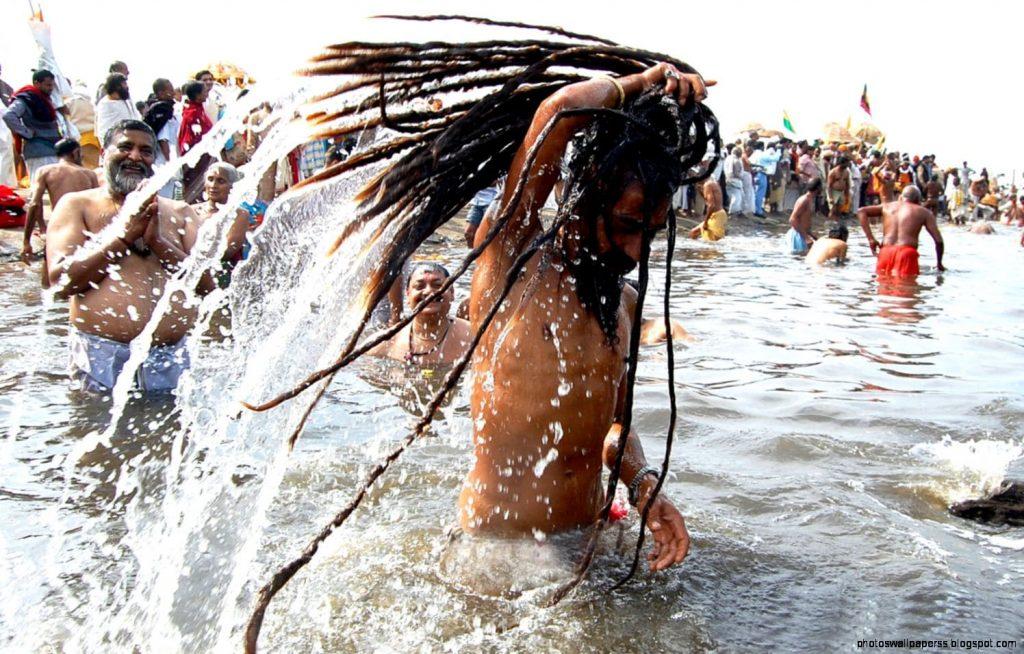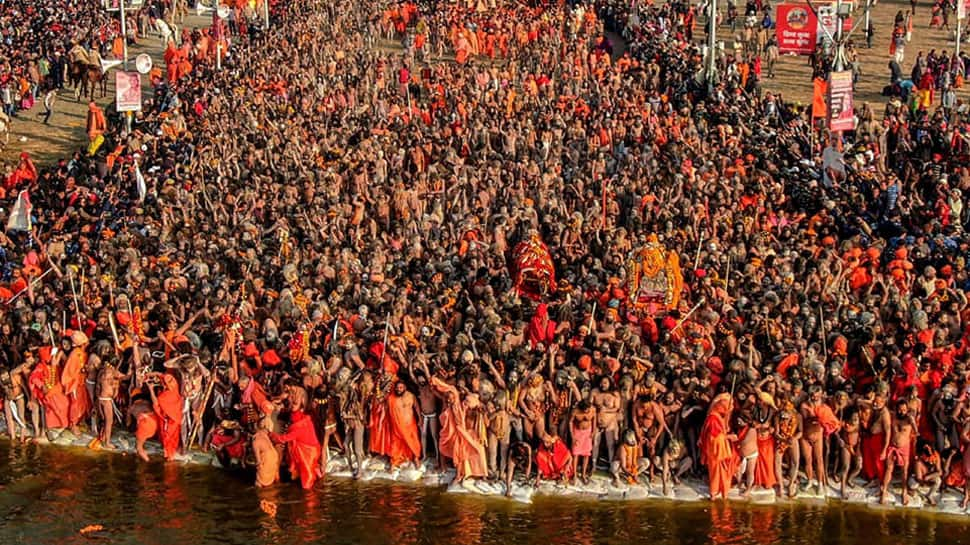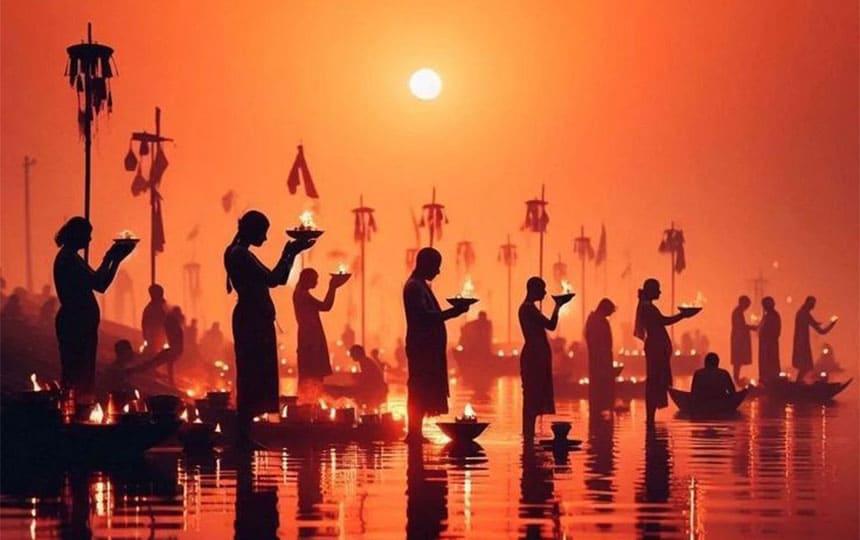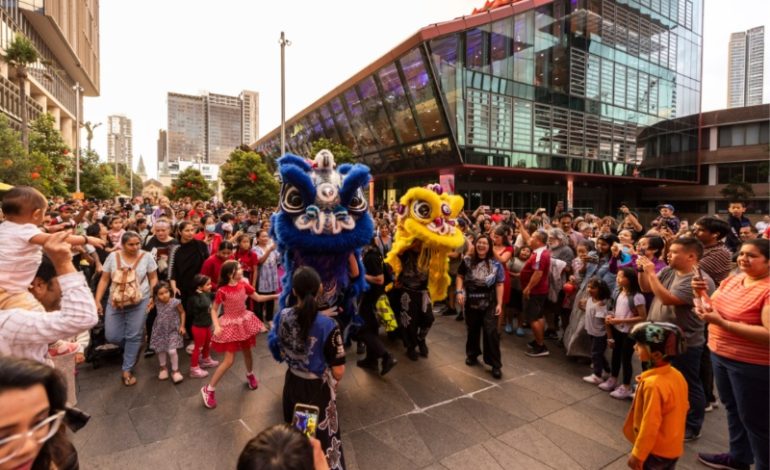The Kumbh Mela, a grand religious congregation held every twelve years, It took place from January 13 and will end February 26, 2025, at Prayagraj, India. This event, which attracts millions of devotees from around the world, will witness over 450 million attendees—three times the population of Russia. This year’s gathering is even more significant, as it marks the “Maha” Kumbh Mela, a rare event that happens only once every 144 years. The last Maha Kumbh was held in 1882, with the next one scheduled for 2169, making this a once-in-a-lifetime experience for most participants.
A Spiritual and Cultural Milestone
The Maha Kumbh Mela holds deep spiritual significance in Hinduism. The festival’s origins trace back to the ancient mythological tale of Samudra Manthan (the churning of the ocean), when the gods and demons fought over the nectar of immortality. During the churning, a few drops of nectar fell at four holy locations—Prayagraj (Triveni Sangam of Ganga, Yamuna, and Saraswati), Haridwar, Ujjain, and Nashik—making them sacred pilgrimage sites.
The Kumbh Mela holds the Guinness World Record for the largest human gathering. In 2013, over 30 million people bathed at the Sangam on a single day, and the 2025 event is expected to break this record, attracting millions of devotees who believe that bathing in the holy waters will cleanse them of their sins and liberate them from the cycle of birth and death.
The Economic Impact and Logistics
The scale of the Maha Kumbh Mela is not only spiritual but also economic. A budget of 800 million US dollars has been allocated for the event, with estimated revenue generation around 23 billion dollars. Mineral water sales alone are expected to reach 2 billion US dollars. The Mela also provides substantial employment, generating around 650,000 jobs during the 2013 event, and the economic impact for the 2025 gathering is projected to be even larger.
To support such a massive event, authorities have taken steps to ensure the seamless functioning of the Mela. Over 24 international organizations, including Harvard, LSE, and Stanford, have sent teams to study the logistics of organizing such a large-scale gathering. Thousands of temporary facilities, including 145,000 restrooms and 99 parking spaces across 1,850 hectares, have been set up to cater to the needs of attendees.
Infrastructure and Environmental Initiatives
To accommodate millions of pilgrims, the Mela will see significant infrastructure improvements. Over 200 roads have been widened, and a temporary 400 km road has been constructed. Over 160,000 tents have been set up for accommodation, and more than 125,000 dustbins are scattered throughout the venue for waste management. The Mela will also have 120 tear-hoppers, which will collect and convert 200 tons of waste daily into 21,000 kg of CNG gas, while organic waste will be used for fertilizers.

In a bid to make the Kumbh Mela more sustainable, single-use plastics are banned, and eco-friendly practices are emphasized. The prasad (offering) will be provided in biodegradable packaging such as leaf bowls, kulhars (clay cups), and jute bags. Solar energy will be harnessed, and the Mela aims to be a model for zero-waste practices, making it both spiritually and environmentally conscious.
Safety and Surveillance Measures
Given the sheer number of participants, safety is a top priority. Over 2,700 AI-powered cameras and drones will monitor the Mela, while underwater drones with sonar and night vision will patrol the Sangam riverbed during sacred bathing rituals. The authorities have also deployed more than 3,800 water police personnel, along with speedboats and life jackets, to ensure safety in the waters. Advanced fire safety measures have been put in place, with over 350 firefighting vehicles and 50 fire stations ready for emergencies.

A mobile app developed in partnership with Google will provide pilgrims with real-time updates, digital maps, and sector details, while e-rickshaws will offer transportation with fixed fares. Pink auto-rickshaws driven by women will prioritize the safety of female pilgrims. Additionally, more than 50,000 police personnel and 14,000 home guards will be deployed for security purposes.
Health and Medical Facilities
In terms of healthcare, the Maha Kumbh Mela 2025 is prepared to cater to the health needs of millions. There will be 24/7 health facilities with 6,000 beds, 125 ambulances, and 7 river ambulances, in addition to a dedicated air ambulance. A total of 43 hospitals with 400 doctors on call will provide comprehensive medical services. AI-enabled ICUs will monitor patients and transmit real-time updates to doctors, ensuring timely care. Over 500,000 eye tests will be conducted, with more than 300,000 pairs of sunglasses distributed to pilgrims.
Cultural and Spiritual Highlights
In addition to the spiritual significance, the Maha Kumbh Mela also offers rich cultural experiences. The event will feature a spectacular drone show with 2,000 drones narrating the legendary tales of ‘Prayag Mahatmyam’ and ‘Samudra Manthan.’ A magical visual display of ‘Amrit Kalash’ (nectar pot) will light up the night skies over the Sangam.

The Naga Sadhus, ash-smeared and dreadlocked mystics, will continue to captivate visitors with their enigmatic presence. These ascetic monks renounce worldly pleasures, spend years in meditation, and are considered spiritual symbols of the Mela. Their participation adds a unique dimension to the festival, offering insights into the ancient spiritual practices of Hinduism.
Helicopter Services and Transportation
To help pilgrims navigate the vast expanse of the Mela, helicopter services will be available for aerial tours of the event. This service is expected to generate substantial revenue, with an average of 7,000 pilgrims taking a helicopter ride each day, contributing over ₹157 crore during the 45-day event. Special trains, flights, and shuttle buses will connect Prayagraj with other cities, while a vast parking area will accommodate vehicles from all over the country.
A Global Gathering
The Maha Kumbh Mela 2025 is not only a deeply spiritual event but also a significant cultural and economic milestone for India. With millions of devotees from around the world expected to participate, it will be a unique blend of faith, devotion, and cultural exchange. This extraordinary gathering is a testament to the enduring spiritual traditions of Hinduism and the power of collective faith, as people from all walks of life come together at the confluence of the holy rivers to seek blessings and redemption.
Arti is editor in chief of Desi Australia and has been managing the monthly publication since 2017.
Arti is the renowned face in the South Asian community and takes pride to represent Desi Australia in the various community engagements.







